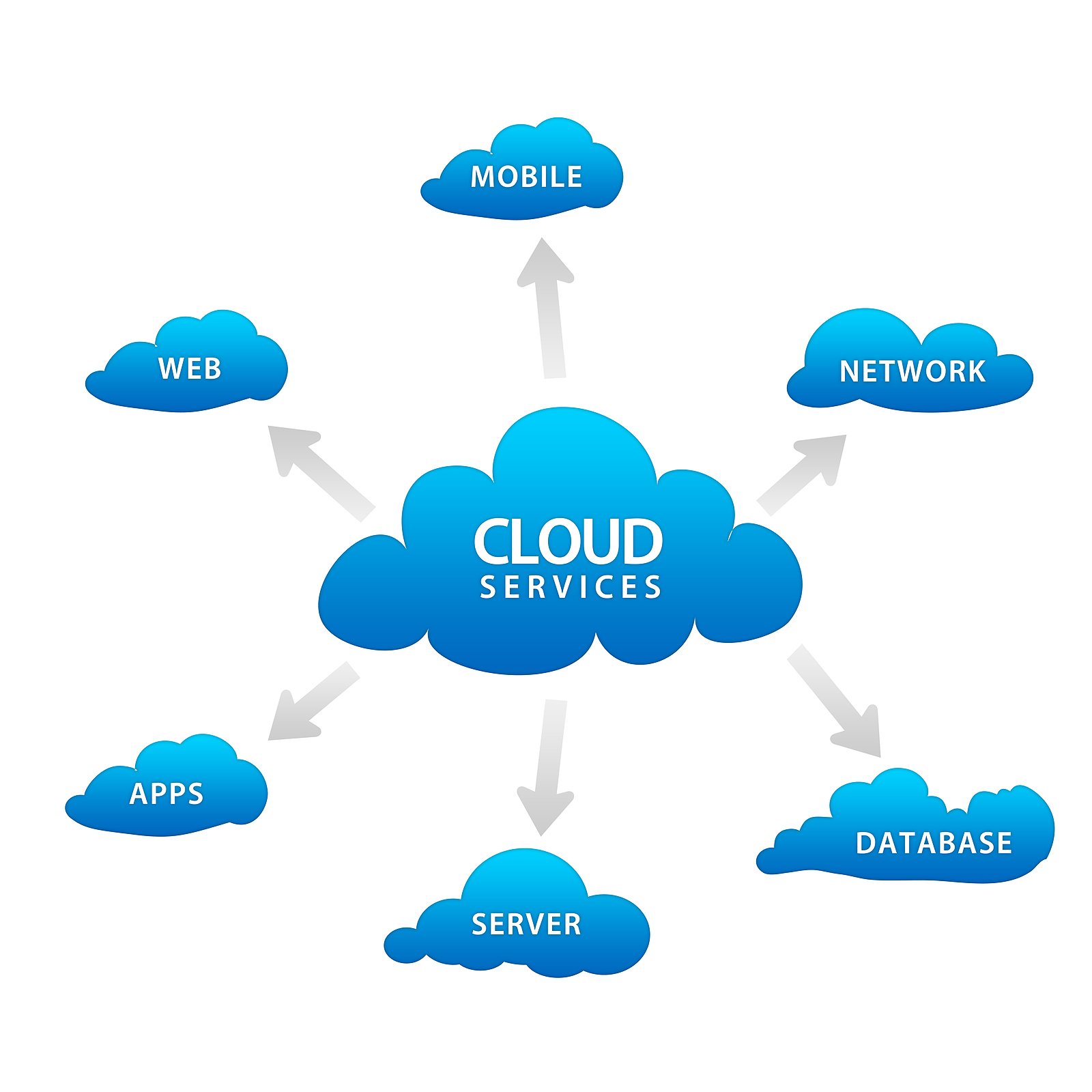Enhance Your Service with Cloud Services: An Overview to Modern Solutions
Enhance Your Service with Cloud Services: An Overview to Modern Solutions
Blog Article
Achieve Seamless Scalability With Cloud Solutions
In the ever-evolving landscape of cloud solutions, accomplishing smooth scalability stands as a cornerstone for modern-day businesses looking for to stay affordable and versatile. The quest for seamless scalability with cloud services introduces a globe of opportunities for those ready to welcome the transformative power of vibrant resource monitoring.
Benefits of Cloud Scalability
Cloud scalability offers companies the versatility to dynamically adjust resources based on demand, making sure optimal efficiency and cost effectiveness. One essential advantage is the capacity to range sources up or down rapidly in action to fluctuating workloads. This dexterity enables companies to satisfy altering client requirements without over-provisioning resources, eventually causing set you back savings. Scalability likewise improves performance by making sure that systems can manage raised website traffic or work without experiencing downtime or stagnations. By successfully allocating resources, organizations can preserve high levels of efficiency during peak times without unneeded expenses throughout quieter durations. In addition, cloud scalability advertises innovation and experimentation by allowing businesses to quickly test new concepts and range them as needed. This flexibility encourages a society of continual renovation and adjustment, making it possible for companies to stay affordable in a rapidly advancing market landscape. Ultimately, the advantages of cloud scalability expand beyond cost financial savings to encompass better efficiency, agility, and development.
Secret Attributes for Scaling
Effective scaling in cloud solutions depends on crucial features that allow companies to adjust sources dynamically based upon need. One crucial feature for scaling is flexibility, allowing resources to scale up or down in action to changing workloads. This makes sure that organizations can fulfill performance needs without over-provisioning resources. One more vital feature is scalability, allowing systems to take care of enhanced work by adding sources seamlessly. This attribute is vital for accommodating growth without compromising performance. Furthermore, automation plays an essential role in scaling by automating the provisioning and de-provisioning of resources based on predefined policies. Automation decreases human intervention, improves performance, and makes certain rapid action to altering needs. Surveillance and analytics tools are likewise vital for scaling, giving understandings into resource use, performance metrics, and possible bottlenecks. These tools allow companies to make informed decisions and optimize source allocation for effective scaling. Generally, these key features collectively encourage organizations to accomplish seamless scalability in cloud solutions.
Executing Auto-Scaling Techniques
To efficiently optimize source allocation and adapt to differing work, companies need to tactically carry out auto-scaling techniques in their cloud solutions facilities. Auto-scaling allows systems to instantly adjust the number of calculate sources based on real-time need. There are numerous auto-scaling strategies that companies can utilize, such as anticipating scaling, which utilizes historical information to forecast future resource needs, and reactive scaling, which replies to existing workload changes.
Finest Practices for Scalability
For companies intending to enhance their scalability in cloud services, applying best methods is crucial for ideal efficiency and source management. One secret best practice is creating applications with a microservices style. This approach breaks down applications right into smaller sized, independent services that can be released, updated, and scaled individually, enabling for better adaptability and scalability.
An additional important practice is using containerization modern technology, such as Docker or Kubernetes. Containers allow the packaging of applications and their dependences into separated devices, making it simpler to scale parts independently and deploy them constantly throughout different environments.
Furthermore, applying automated deployment and infrastructure as code (IaC) can enhance scalability initiatives (linkdaddy cloud services). Automation tools like Terraform or Ansible assistance in provisioning and taking care of resources effectively, reducing hands-on mistakes and allowing fast scalability
Moreover, keeping universal cloud Service an eye on efficiency metrics, setting up informs, and performing regular capability preparation are necessary methods to ensure proactive scalability administration. By adhering to these finest methods, organizations can attain seamless scalability in their cloud solutions while optimizing performance and resource utilization.
Surveillance Efficiency Metrics
When evaluating the efficiency of cloud solutions scalability, very closely keeping track of performance metrics is necessary for making sure optimum capability and source allowance. By constantly tracking key performance indicators (KPIs) such as feedback times, latency, source, and throughput usage, organizations can gain important insights right into the wellness and performance of their cloud framework. Keeping track of performance metrics enables the very early discovery of potential traffic jams or issues that could impact scalability, making it possible for aggressive actions to be required to resolve them before they rise.

Verdict
Finally, accomplishing seamless scalability with cloud solutions is vital for companies to enhance performance, improve innovation, and maintain high performance levels throughout peak times. By leveraging the advantages of cloud scalability, applying auto-scaling approaches, making use of key functions such as flexibility and automation, and adhering to finest techniques like application style and performance surveillance, services can efficiently scale their systems while making best use of source utilization and efficiency.
The mission for seamless scalability with cloud solutions introduces a world of possibilities for those prepared to welcome the transformative power of dynamic source monitoring.
Cloud scalability offers organizations the versatility to dynamically readjust sources based on demand, making certain ideal performance and cost performance. An additional essential feature is scalability, making it possible for systems to deal with raised workload by adding sources perfectly.For companies aiming to improve their scalability in cloud solutions, carrying out ideal practices is critical for optimal performance and source monitoring.When examining the performance of cloud solutions scalability, carefully monitoring performance metrics is important for ensuring optimal performance and source allotment.
Report this page